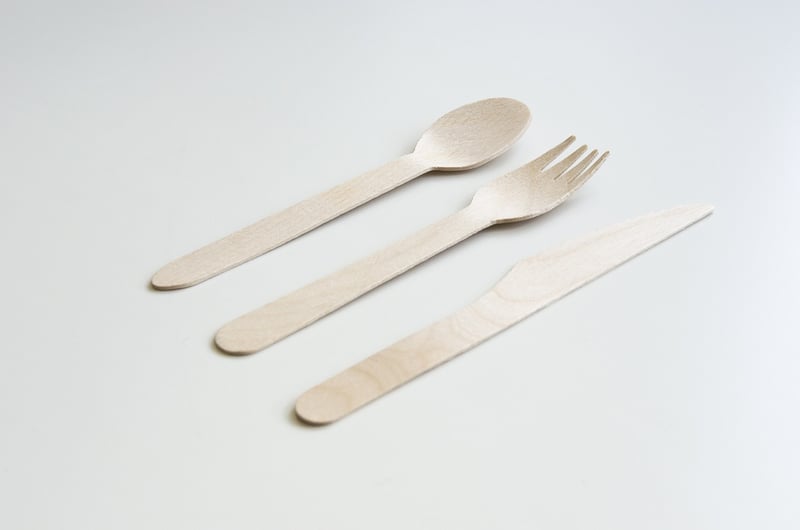Biodegradable Art
The Intersection of Sustainable Art and Biodegradable Art
Art has the power to inspire, provoke thought, and create meaningful connections. In recent years, there has been a growing movement towards sustainable art practices that not only minimize the environmental impact of art creation but also raise awareness about pressing ecological issues. One such subset of sustainable art is biodegradable art, which takes this commitment to sustainability a step further by using materials that decompose naturally, leaving behind minimal waste. Let's explore the fascinating world where art meets sustainability.
What is Sustainable Art?
Sustainable art, also known as eco-friendly art or green art, refers to artistic practices that prioritize environmental responsibility. This includes using recycled materials, reducing energy consumption, and promoting conservation efforts through art. Artists engaging in sustainable art often aim to spark conversations about climate change, resource depletion, and the importance of preserving our planet for future generations.
Biodegradable Art: Art That Returns to Nature
Biodegradable art takes sustainability to the next level by incorporating materials that naturally break down over time, returning to the earth without leaving a lasting footprint. From sculptures made of compostable materials to installations designed to decompose back into the environment, biodegradable art challenges traditional notions of permanence in art and encourages viewers to contemplate the cyclical nature of life and decay.
The Impact of Biodegradable Art
By creating art that is designed to biodegrade, artists not only reduce the environmental impact of their work but also prompt viewers to consider the transient nature of all things. Biodegradable art serves as a poignant reminder of our interconnectedness with the natural world and the importance of responsible consumption and disposal practices.
Examples of Biodegradable Art
- Seed Paper Sculptures: Artists create intricate sculptures using seed paper, a biodegradable material embedded with plant seeds. Once the sculpture has been displayed, it can be planted in soil, where it will decompose and give rise to new plant life.
- Organic Installations: Installations made from natural materials such as leaves, branches, and flowers are designed to gradually decompose, transforming over time and interacting with the surrounding environment.
- Edible Art: Some artists use organic materials like fruits, vegetables, and spices to create temporary art pieces that can be consumed after they have served their artistic purpose.
The Future of Sustainable and Biodegradable Art
As awareness of environmental issues continues to grow, the demand for sustainable and biodegradable art is likely to increase. Artists, galleries, and collectors are recognizing the importance of incorporating eco-friendly practices into the art world, leading to innovative creations that inspire change and promote a deeper connection to nature.
Join the movement towards sustainable art and explore the beauty of biodegradable creations that celebrate the harmony between art and nature.

Embrace the beauty of sustainable art and discover a world where creativity and conservation intersect. Let's support artists who are leading the way in promoting environmental stewardship through their biodegradable creations.
Together, we can make a difference by appreciating art that not only speaks to our souls but also honors our planet.
